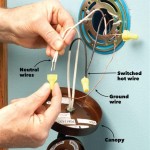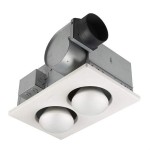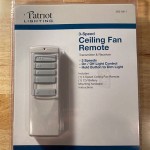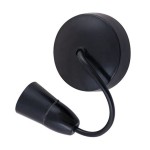Essential Aspects of Replacing Ceiling Lighting
Replacing ceiling lighting is a crucial aspect of home improvement that can significantly enhance the aesthetics, functionality, and energy efficiency of your space. Understanding the essential aspects of this task is paramount to ensure a successful outcome. This article will delve into the key factors to consider when replacing ceiling lighting, providing guidance and practical tips to help you make informed decisions. ### Selecting the Right Type of Lighting The type of lighting you choose will depend on the purpose and style of your room. Consider the following: *Ambient lighting:
Provides general illumination throughout the room, such as chandeliers or recessed lighting. *Task lighting:
Focuses light on specific areas for activities like reading or cooking, such as pendant lights or under-cabinet lighting. *Accent lighting:
Highlights architectural features or artwork, such as track lighting or wall sconces. ### Determining the Appropriate Lumens The amount of light produced by a bulb is measured in lumens. The recommended lumens for different rooms vary, so it's important to determine the appropriate amount for your space. Use the following guidelines: * Living room: 1,000-1,500 lumens * Kitchen: 3,000-4,000 lumens * Bedroom: 500-1,000 lumens ### Choosing the Right Color Temperature Color temperature refers to the warmth or coolness of the light emitted by a bulb. It is measured in Kelvins (K): *Warm white (2,700-3,000 K):
Creates a cozy and inviting atmosphere. *Natural white (3,500-4,100 K):
Simulates natural daylight and is suitable for most rooms. *Cool white (4,500-6,500 K):
Provides a bright and energizing light, often used in kitchens or offices. ### Planning the Layout The positioning of your lighting fixtures is crucial for maximizing light distribution. Consider the following factors: *Ceiling height:
Higher ceilings may require more lights or taller fixtures. *Room size:
Larger rooms require more lights or fixtures with higher lumen output. *Furniture placement:
Arrange lights to avoid shadows or dark spots created by furniture. ### Safety Considerations Electrical work can be hazardous, so it's essential to prioritize safety. Always turn off the power at the breaker before working on any electrical components. If you are not comfortable performing electrical tasks, consult a qualified electrician. ### Conclusion Replacing ceiling lighting involves several essential aspects to consider, including selecting the right type of lighting, determining the appropriate lumens, choosing the right color temperature, planning the layout, and prioritizing safety. By carefully considering these factors, homeowners can make informed decisions that will enhance the functionality, aesthetics, and overall ambiance of their space.
How To Replace Led Ceiling Light Leng8021

Easy Ways To Replace An Led Recessed Light Bulb 13 Steps

How To Replace Install A Light Fixture The Art Of Manliness

How To Replace A Ceiling Light Fixture Stanley Tools

How To Replace An Old Fluorescent Light Fixture Young House Love

How To Install A Lighting Fixture Forbes Home

How To Install Ceiling Light Homeserve Usa

How To Replace A Ceiling Light Fixture Stanley Tools
Dome Ceiling Light Bulb Replacement Ifixit Repair Guide

How To Guide Replace Recessed Lighting Flip The Switch
Related Posts








